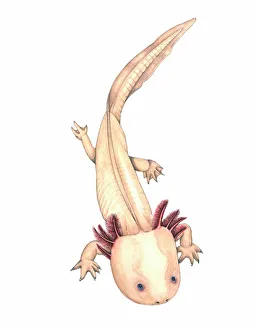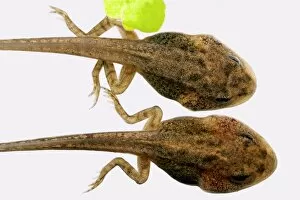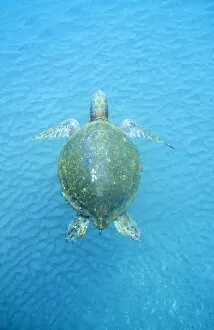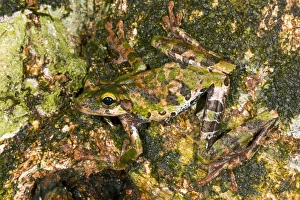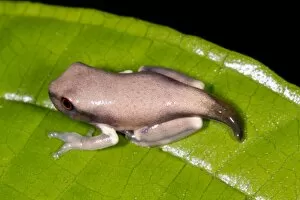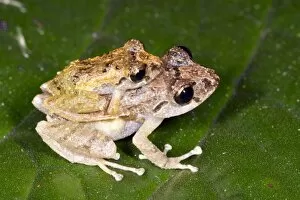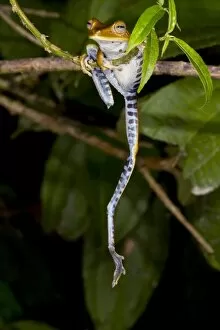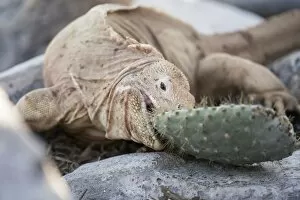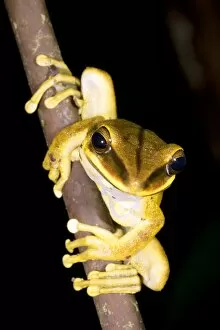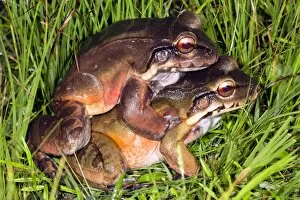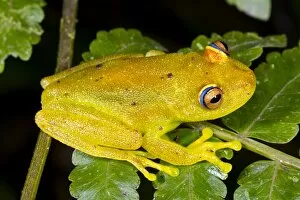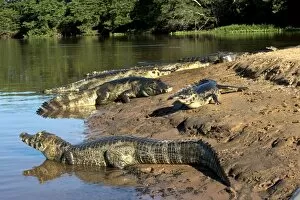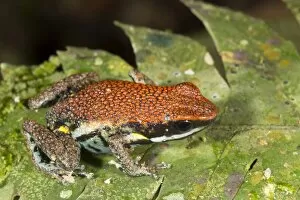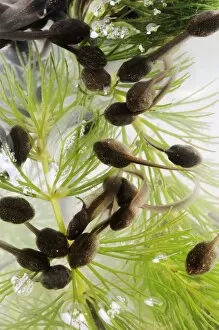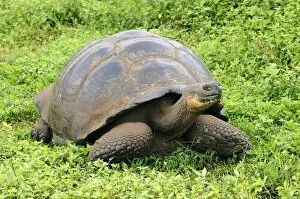Herpetological Collection
Exploring the fascinating world of herpetology 🐸🦎 Dive into a mesmerizing collection of artwork featuring unique creatures like the Axolotl
All Professionally Made to Order for Quick Shipping
Exploring the fascinating world of herpetology 🐸🦎 Dive into a mesmerizing collection of artwork featuring unique creatures like the Axolotl and Galapagos green turtle C016 / 9470. Witness the beauty of nature as edible frogs gracefully swim in water C018 / 0871, while Buckleys slender-legged treefrog showcases its vibrant colors. Marvel at the sight of tadpoles feeding on pond weed C017 / 3711, transforming into stunning metamorphosing treefrogs C014 / 0959. Encounter the majestic monitor lizard C017 / 3772, a true reptilian wonder. Don't miss out on witnessing rain frogs mating in their natural habitat C014 / 0966. From frog heads to developing tadpoles, every stage is captivating and full of life.

